Underwater sea scooters are an exciting way to explore beneath the waves, but new users often stumble into common mistakes that can dampen the fun or even damage their gear. This guide highlights the frequent beginner errors to avoid and provides clear tips for safe and fun operation. By the end, you’ll know how to confidently use your sea scooter and keep it in top shape for your next adventure.
Mistake 1: Skipping the Manual (Not Familiarizing Yourself First)
- The Mistake: Many beginners skip reading the user manual or doing a test run, leading to confusion with controls, missed safety steps, or misuse of features. For example, not knowing how to disengage a child safety lock might lead you to believe the scooter is broken. This can result in accidental starts, inefficient use, or even damage.
- What to Do Instead: Take time to know your scooter. Read the user manual thoroughly and familiarize yourself with all switches, locks, and indicators. If possible, do a quick practice in shallow water to get comfortable with buoyancy and controls. Understanding proper startup/stop procedures will make your experience safer and prevent frustrating newbie errors.
Mistake 2: Poor Battery Care
- The Mistake: Underwater scooter batteries are delicate. Common mistakes include not charging fully, letting them drain completely for long periods, or exposing them to water and extreme temperatures. Neglecting battery care drastically shortens its lifespan or leaves you stranded with a dead scooter.
- What to Do Instead: Prioritize battery health. Always charge your scooter’s battery after every use to keep it healthy and ready. Avoid letting it sit fully drained; lithium batteries last longer with a charge. Follow manufacturer guidelines for charging time and use the correct charger. Ensure the battery compartment is properly sealed before riding, and store the battery in a cool, dry place, away from extreme temperatures or direct sun.
Mistake 3: Ignoring the O-Rings and Seals
- The Mistake: O-rings are critical rubber seals that keep water out of your scooter’s electronics. A major beginner mistake is neglecting O-ring maintenance—failing to inspect, clean, or lubricate these seals. Sand, dirt, or dryness can compromise the seal, leading to leaks and potentially ruining the device.
- What to Do Instead: Maintain your seals religiously. Before each use, habitually check all O-rings and gaskets for sand, debris, cracks, or dryness. Clean them gently and apply a thin layer of silicone grease regularly to keep them supple and waterproof. Always ensure the O-ring is correctly seated (no twists or debris) when closing compartments. This small effort prevents costly water damage.
Mistake 4: Skipping the Freshwater Rinse (Post-Dive Cleaning)
- The Mistake: After an ocean adventure, many newcomers fail to rinse their scooter. Saltwater and sand are detrimental to its longevity, causing salt crystals, grinding on moving parts, and corrosion. Even chlorine from pools can cause damage if not washed off.
- What to Do Instead: Always rinse your scooter thoroughly with fresh water after every use, both inside and out. Disassemble removable components if possible for a more complete rinse. Use mild soap and a soft brush for stubborn dirt. After cleaning, dry all parts completely with a soft towel, ensuring no water remains before storage. This prevents corrosion and extends your scooter’s life.
Mistake 5: Storing the Scooter Improperly
- The Mistake: Storing a scooter in harsh environments—wet in its bag, in a hot car, or direct sunlight—is a common mistake. Heat, UV light, and moisture degrade plastic, damage batteries, and dry out seals. Cramming it into tight spaces can also deform its shape.
- What to Do Instead: Store it smartly. After cleaning and drying, keep your scooter in a cool, dry place away from direct sunlight. Ensure it's fully dry to prevent mildew or rust. If using a carry bag for transport, ensure air circulation for long-term storage. Store the battery according to manufacturer recommendations, often at a partial charge. Never place heavy objects on top of your stored scooter.
Mistake 6: Dry Running the Scooter (Using It Out of Water)
- The Mistake: Running an underwater scooter on land or out of water is a rookie error. These devices rely on water for cooling and proper propeller resistance. Dry running can cause the motor to over-rev or overheat. Accidentally starting it in very shallow, sandy water can also suck in grit and damage internal parts.
-
What to Do Instead: Only operate your scooter when fully submerged. Always ensure the propellers are completely in water before engaging the motor. For quick function checks, submerge the rear end in a tub or shoreline water. Avoid sandy shallows; start in at least a couple feet of clear water to protect the motor and extend its lifespan.

Mistake 7: Starting Off Too Fast and Furious
- The Mistake: Underwater scooters can be powerful. A common mistake is using full throttle immediately. This can lead to losing grip, balance, or even collisions. Models with multiple speed modes can be overwhelming if you jump straight to the fastest setting without experience.
- What to Do Instead: Start slow and get a feel for the device. Always begin with the lowest speed mode. Practice controlling direction and buoyancy at a slow pace. Hold the scooter with both hands for maximum stability until you are very confident. Gradually increase speed as your comfort and skill improve to ensure a fun and controlled experience.
Mistake 8: Neglecting Safety Features (Lock & Leash)
- The Mistake: Many beginners ignore crucial safety features like the safety lock and tether (leash). Failing to engage the lock can lead to accidental propeller activation. Forgetting the leash risks losing the scooter if you lose your grip due to a wave, surprise, or cramp, requiring a scramble to retrieve it.
- What to Do Instead: Always use the built-in safety features. Engage the safety lock when transporting or not actively using the scooter to prevent accidental propeller spins. Always attach the anti-loss leash to your wrist or buoyancy aid, especially in open water. These simple steps prevent mishaps and ensure you stay connected to your device.
Related reading: Are Underwater Scooters Safe for Kids?
Mistake 9: Pushing Beyond Your Limits (Depth, Distance, and Skill)
- The Mistake: Overconfident beginners might dive deeper than trained, go farther from shore than the battery allows, or use the scooter in strong currents beyond their swimming ability. While scooters might be rated for significant depths, personal experience is the limiting factor. Ignoring battery indicators can leave you stranded.
- What to Do Instead: Know your limits and plan accordingly. Treat the scooter as an aid, not an invincibility device. Stay within safe depths relative to your training. Plan for battery life; monitor the indicator and turn back with ample charge remaining (e.g., one-third for return, one-third safety buffer). Avoid challenging conditions beyond your swimming skill. Respecting limits ensures a safe adventure.
Mistake 10: Ignoring Surroundings and Etiquette
- The Mistake: New riders often get tunnel vision, focusing on the thrill and failing to notice people, obstacles, or marine life. This can lead to collisions, startling wildlife, or damaging fragile environments. Ignoring local rules or beach etiquette (e.g., designated swim zones, dive flags) can spoil the experience for everyone.
- What to Do Instead: Be a responsible sea scooter pilot. Always stay aware of your surroundings with regular 360-degree scans. Maintain a safe distance from others and marine animals. Adhere to all local guidelines, such as designated swim zones or dive flag requirements. Use common sense and courtesy to ensure a safe, respectful, and enjoyable experience for all.
FAQs
Q1: What’s the biggest beginner mistake with underwater scooters?
- The most common mistake is neglecting basic maintenance—especially battery care and O-ring upkeep. Always charge the battery after use and keep the seals clean and lubricated to avoid water damage.
Q2: How should I care for my Asiwo Manta scooter?
- After each ride, rinse the scooter with fresh water, dry it thoroughly, and store it in a cool, shaded place. Regularly check and grease the O-rings to maintain a watertight seal and extend the scooter’s life.
Q3: How do I use an underwater scooter safely as a beginner?
- Start at low speed to get used to the pull. Use both hands for control, wear the leash, and avoid crowded or rough water. Watch your battery level so you don’t get stranded far from shore.
Conclusion
Your underwater scooter is an investment in countless aquatic adventures, and keeping it in top condition is simpler than you might think. By understanding and proactively avoiding common beginner mistakes—from proper battery care and seal maintenance to correct usage and awareness of surroundings—you'll ensure a safer, more enjoyable, and longer-lasting experience. A little routine care and a willingness to troubleshoot can prevent most issues, allowing you to ride with confidence and maximize every underwater journey.
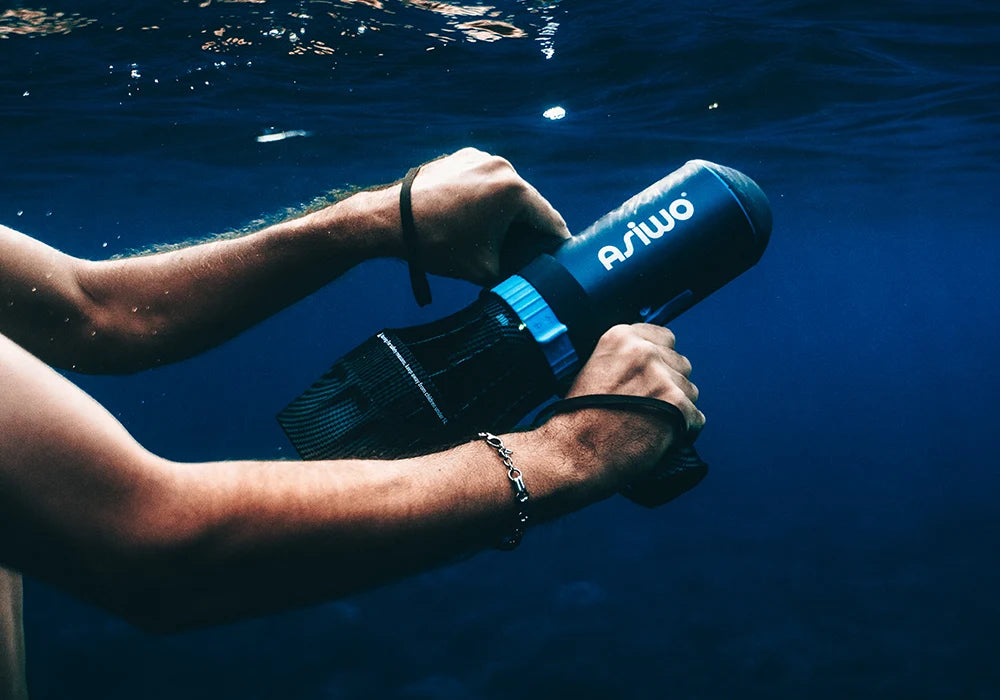




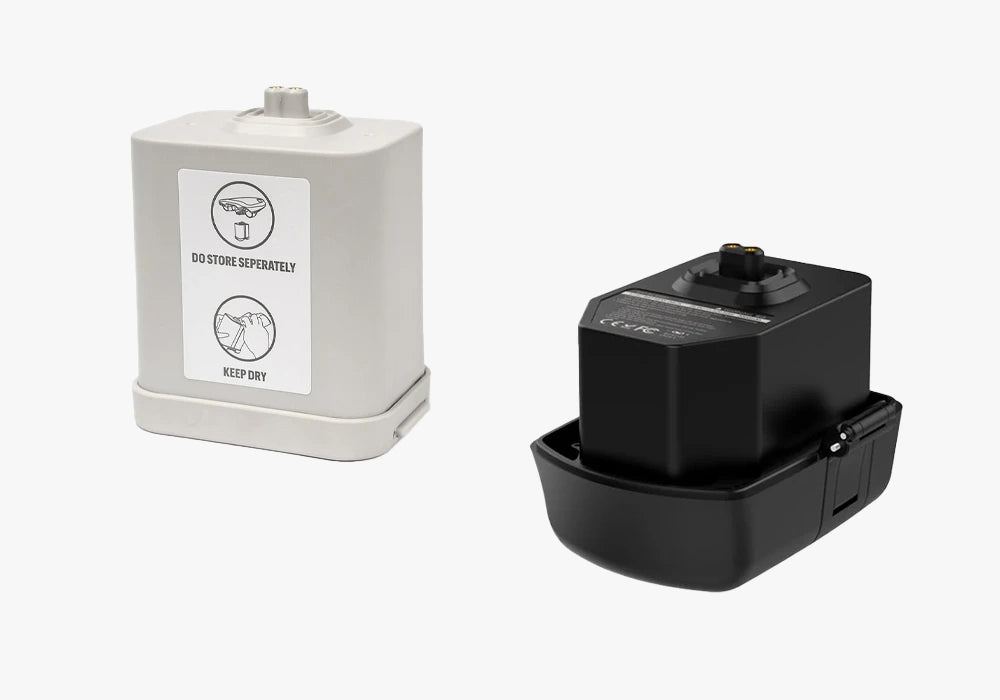




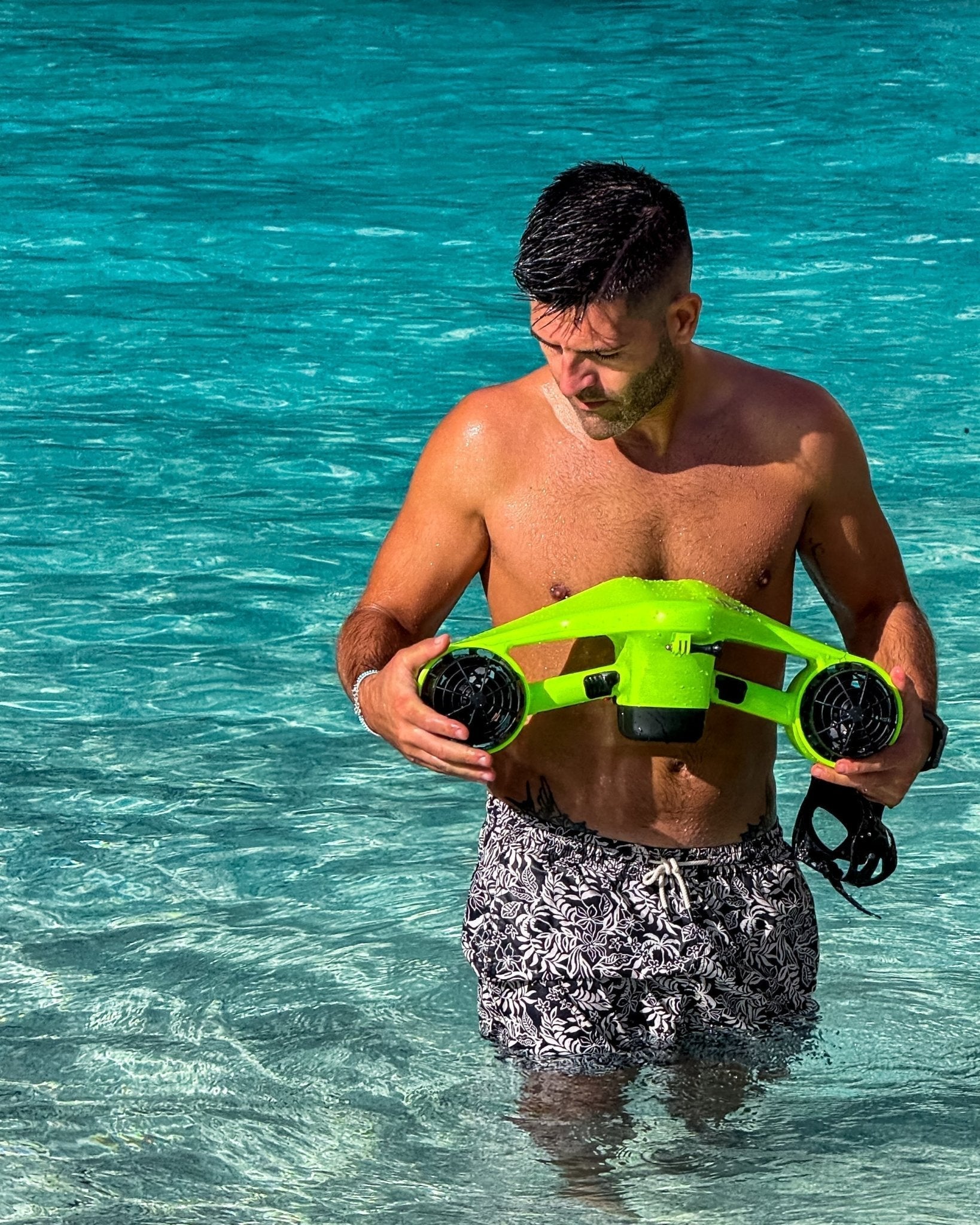
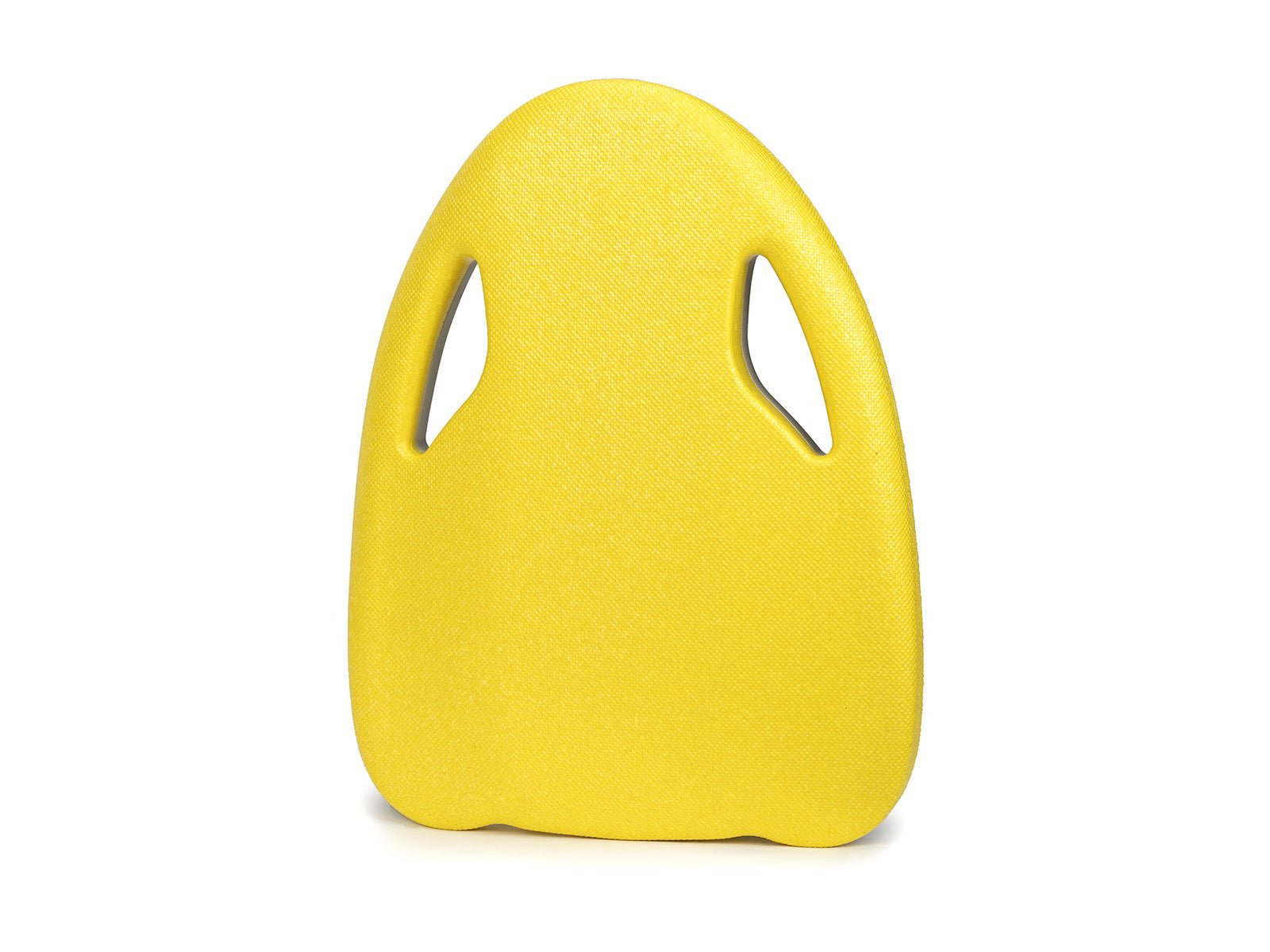
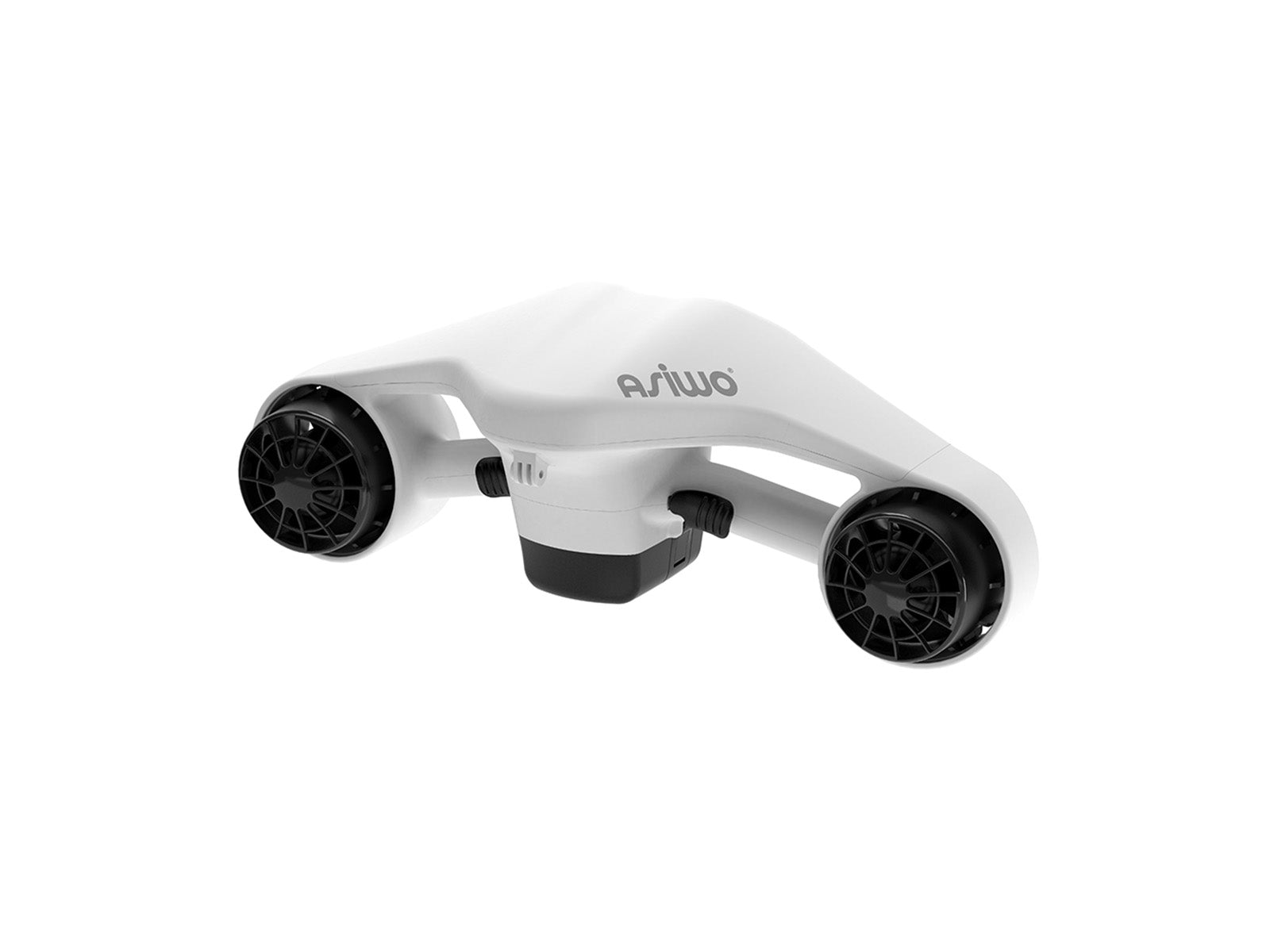
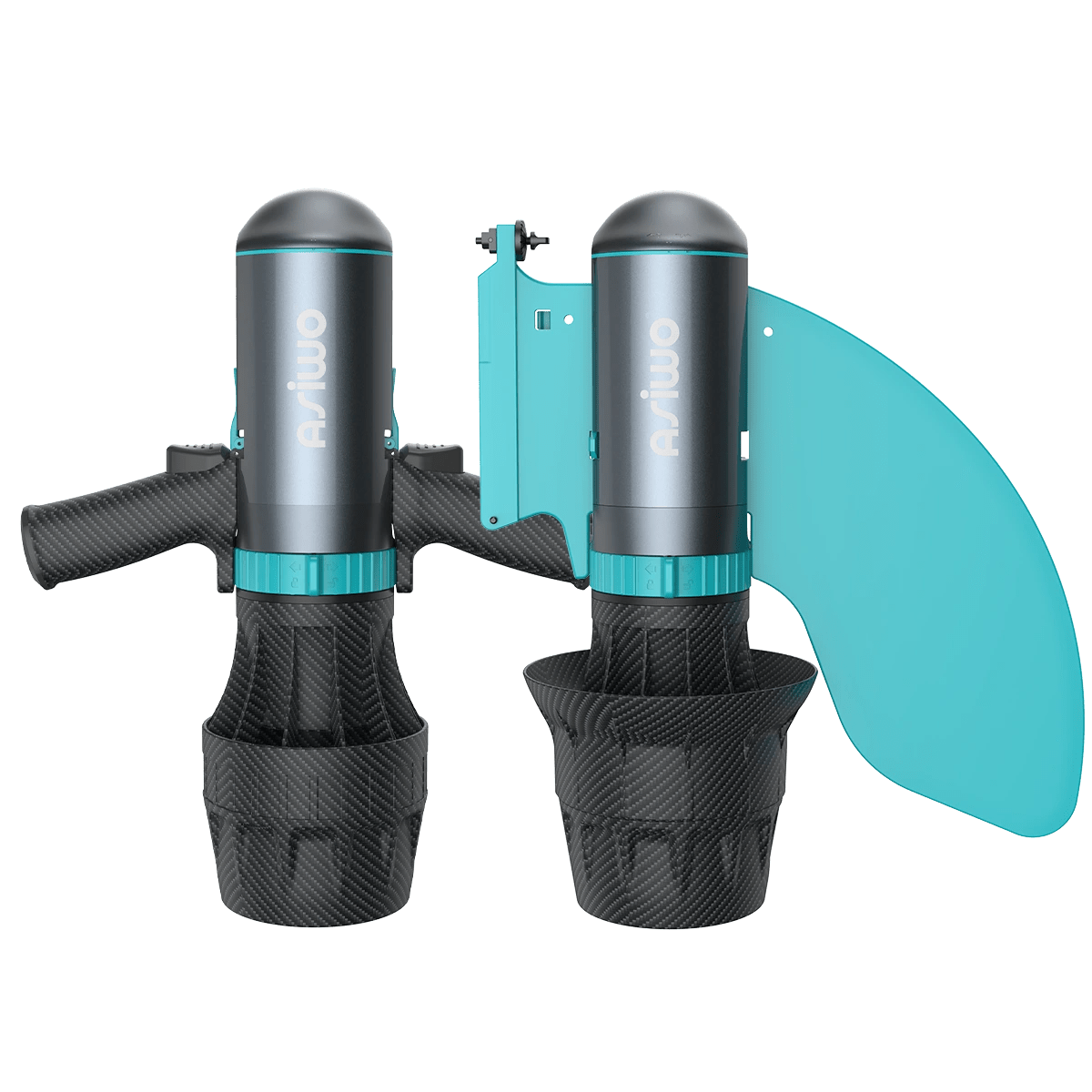




Laissez un commentaire